We often think of nature as peaceful or harmonious, which is nice.
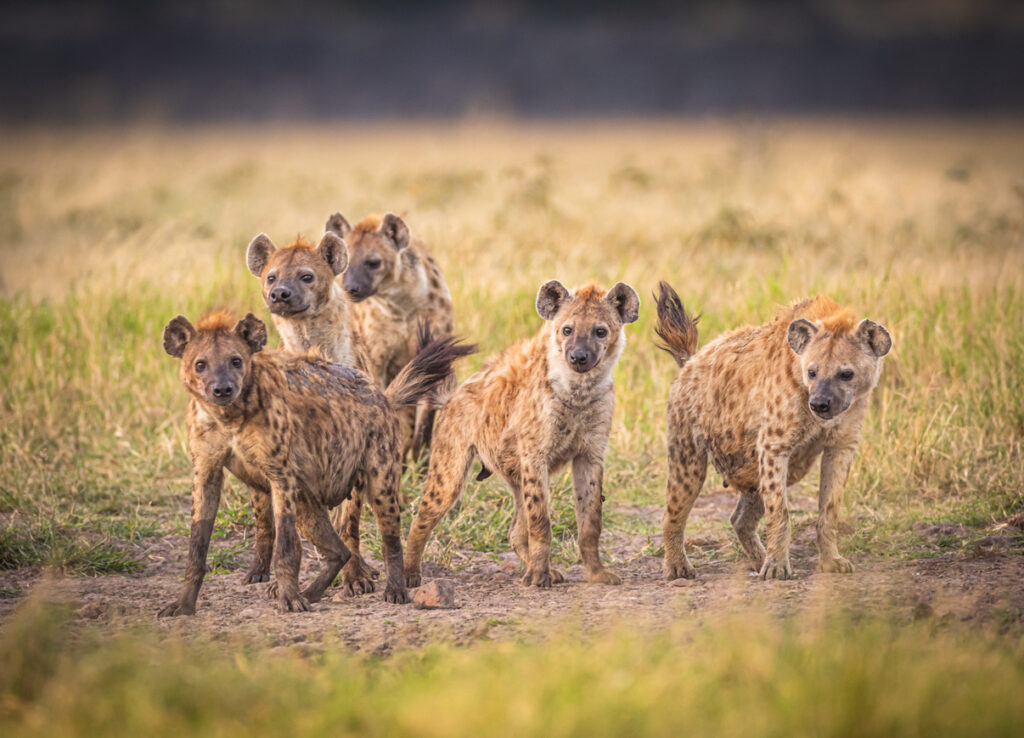
However, the truth is that many animal societies run on rules that would make most human systems look soft. It makes sense if you think about it. We humans don’t get along with everyone, but we have the gift of conscious thought and self-control to keep us from acting like, well, animals. However, that’s not the case for many wildlife species. From infanticide to brutal exile, there are creatures whose social structures operate with a harshness that can be tough to watch, and impossible to ignore.
1. Meerkats enforce loyalty with exile and death.
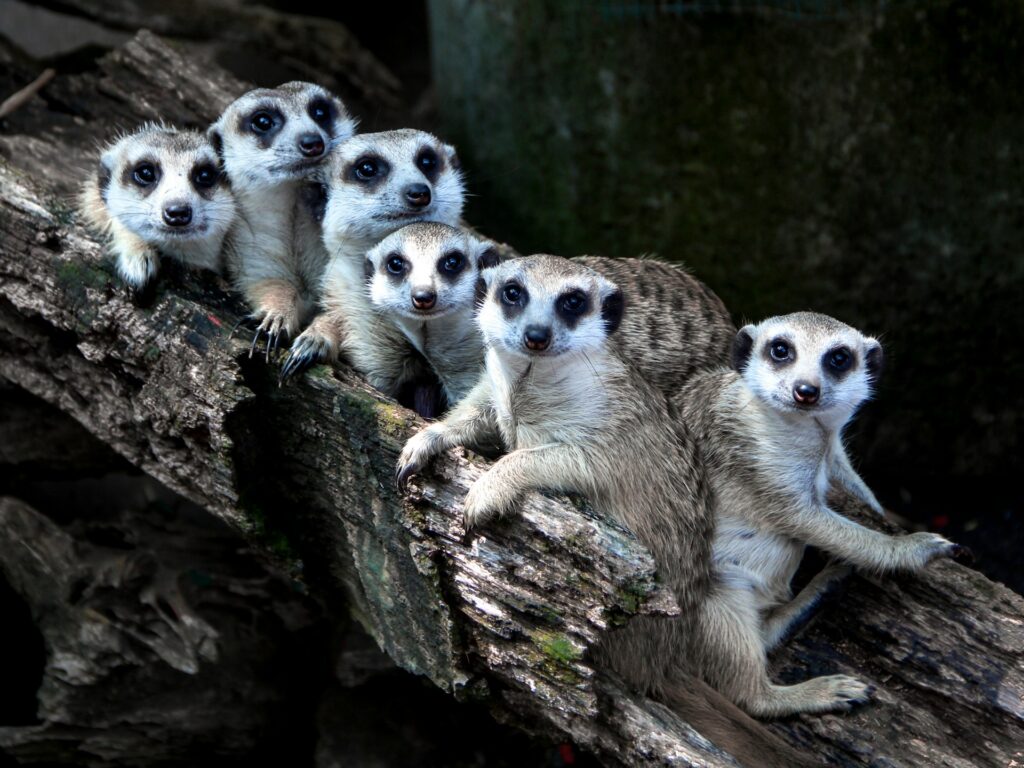
They may look cute, but meerkat mobs are some of the most unforgiving societies in the animal kingdom. Dominant females rule with absolute authority, often killing the offspring of subordinates to eliminate competition and maintain control. If a lower-ranking female gives birth, she risks being attacked or even expelled from the group altogether.
Exile isn’t just a punishment—it’s often a death sentence. A lone meerkat without a group is vulnerable to predators and lacks the support system that makes survival in the desert possible. What appears playful on the surface hides a rigid hierarchy where loyalty isn’t optional, and defiance is met with real consequences.
2. Chimpanzees wage violent, strategic wars.
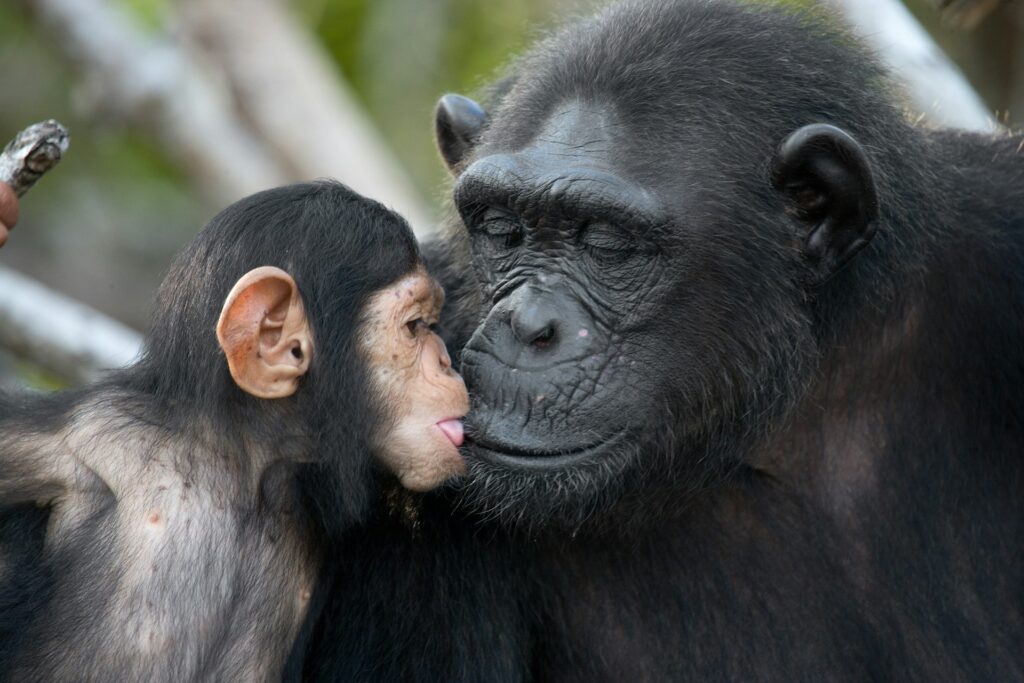
Chimpanzees share around 98% of our DNA, and some of their darker tendencies feel uncomfortably familiar. In the wild, males form coalitions to gain power within their group, often resorting to ambushes and group beatings of rivals. In more extreme cases, they launch coordinated attacks on neighbouring groups, killing members one by one to gain territory.
These aren’t random acts of violence. Chimps display planning, patience, and frightening precision when they decide to eliminate a rival. Researchers have watched wars unfold over years, with males patrolling borders and waiting for the perfect moment to strike. It’s a stark reminder that brutality and intelligence can—and often do—coexist in the natural world.
3. Hyena clans are led by queens who dominate through fear.

Spotted hyenas live in matriarchal societies where the highest-ranking female rules with intense aggression. She gets first pick of food, mates with the strongest males, and passes her power to her offspring, who inherit high status automatically. Lower-ranking hyenas, especially males, are forced to wait at the bottom of the hierarchy, often going hungry while the dominant few eat.
Even hyena cubs aren’t spared from this rigid system. Siblings frequently fight to the death in the den, and mothers sometimes ignore the weaker pup entirely. In hyena society, strength is everything, and weakness is rarely tolerated, even within families.
4. Dolphin alliances include betrayal, coercion, and long-term grudges.

Bottlenose dolphins are known for their intelligence, but their complex social groups can be deeply manipulative. Males form alliances with one another to gain access to females, often isolating them and aggressively herding them to prevent escape. These coalitions shift over time, and betrayal is common as males fight for dominance and reproductive access.
Dolphins also have long memories and hold grudges. A slight from another dolphin can be remembered and punished much later, showing a form of social calculation that’s closer to politics than instinct. For all their playfulness and charm, dolphin societies are competitive, high-stakes environments where kindness is often secondary to strategy.
5. Langurs commit infanticide to speed up reproduction.
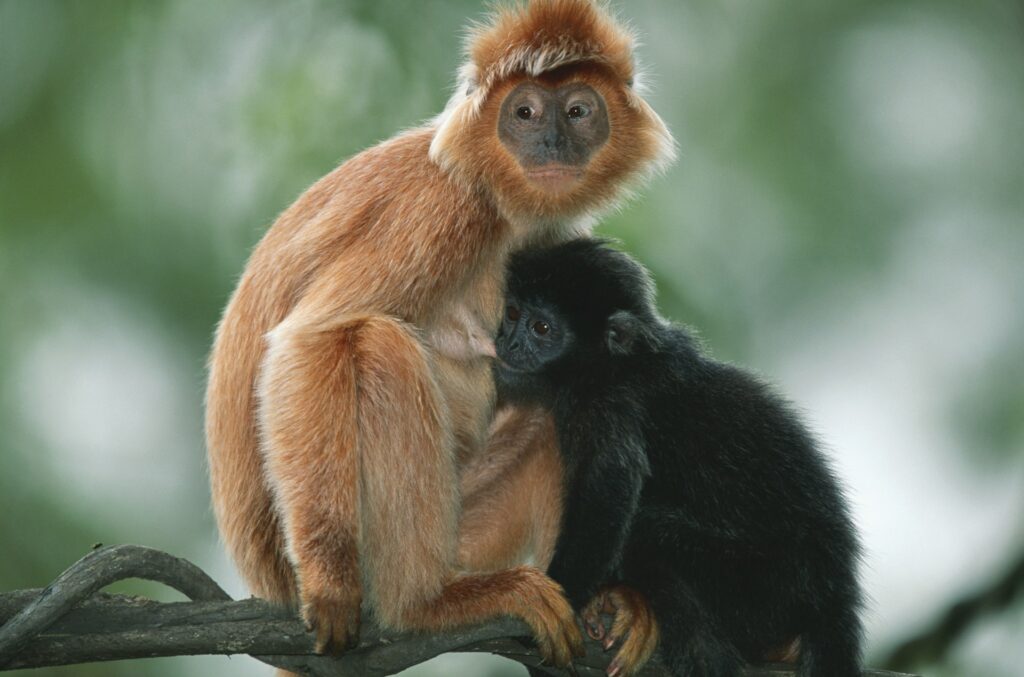
When a new male langur takes over a troop, one of his first actions is often to kill the unweaned infants of the previous alpha. This brutal act serves a biological purpose—by eliminating the offspring, the females return to fertility faster, allowing the new male to pass on his genes sooner.
It’s a strategy seen in several primate species, but among langurs, it’s particularly systematic. The group’s social order is based not just on strength, but on the complete replacement of the former leader’s genetic legacy. For the females, it means mourning a loss while navigating the new reality of life under a different ruler.
6. Ant colonies operate as rigid, expendable machines.
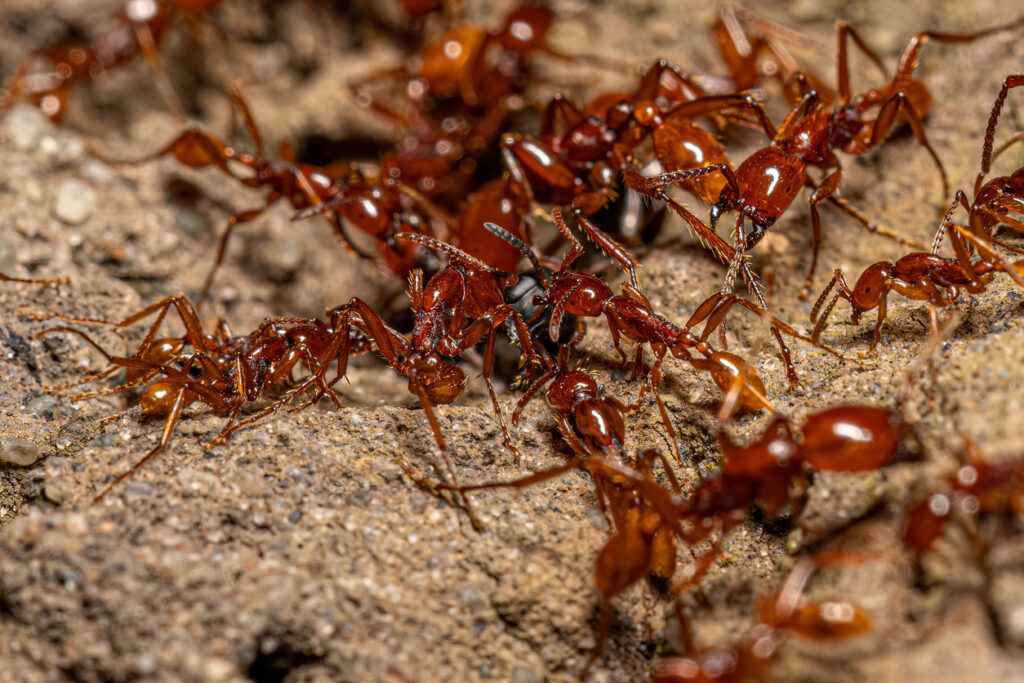
At a glance, ant colonies seem like perfect examples of teamwork. But inside the nest, every individual has a fixed role, and personal survival means nothing. Workers will defend the colony to the death, and if one is injured, it’s often left behind.
Ant societies are ruthlessly efficient. Queens are protected at all costs, while workers, soldiers, and drones live short, preprogrammed lives. There’s no room for emotion or individuality. It’s a society built entirely on sacrifice, and if one generation dies in service of the next, that’s simply the way things are designed to work.
7. Lion prides involve brutal takeovers and cub killings.
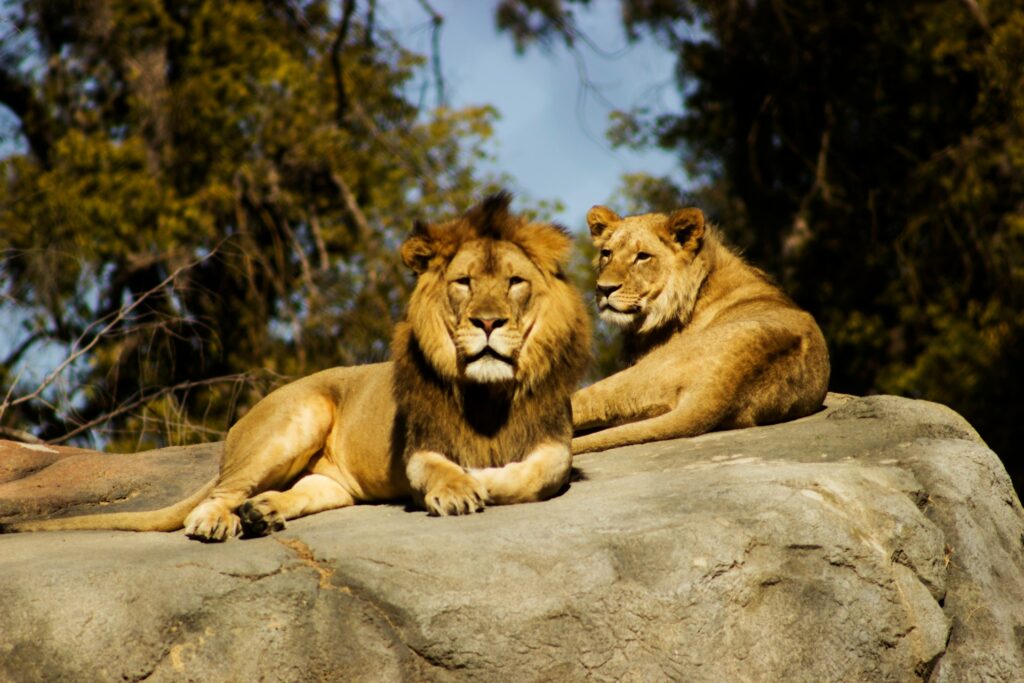
When a coalition of male lions takes over a new pride, they almost always kill the cubs sired by the previous males. This resets the reproductive cycle of the lionesses and ensures that only their offspring will be raised within the group.
The act may seem monstrous, but it’s deeply embedded in lion biology. These takeovers are violent and often short-lived, meaning males must act fast to spread their genes. For the females, the trauma is real, but resistance is dangerous, and often leads to further conflict within the pride.
8. Naked mole rats treat their workers like a disposable caste.
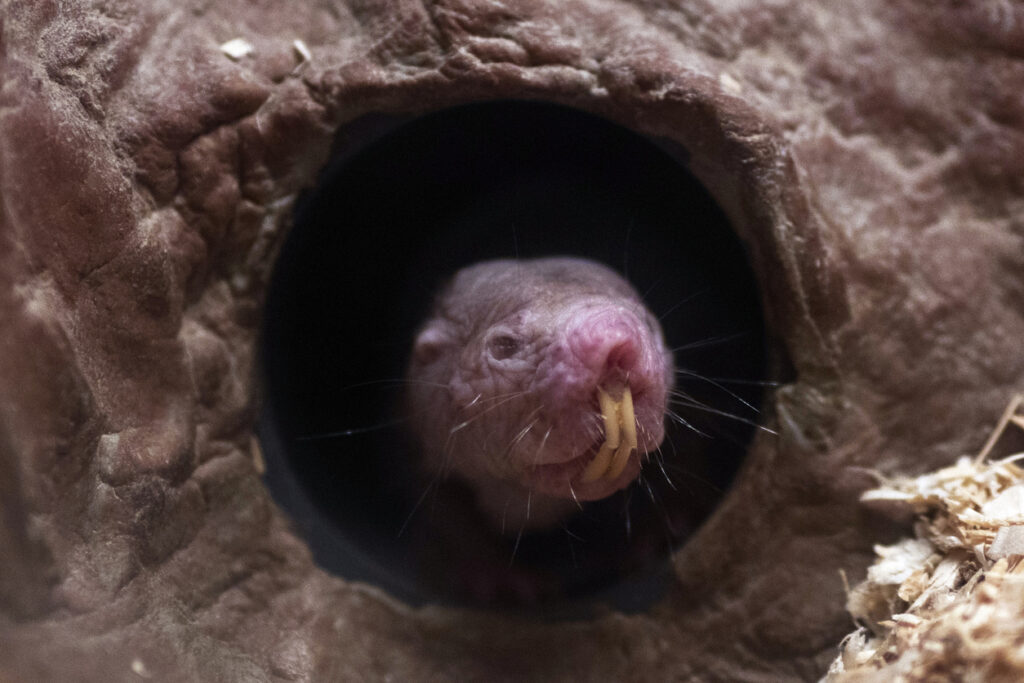
Naked mole rats live in underground colonies that function more like insect hives than mammal societies. One dominant queen reproduces while all other females are reproductively suppressed. Workers and soldiers dig, defend, and care for pups, but if they age or become less useful, they’re often pushed aside or ignored.
The queen maintains her dominance through aggression and pheromones, and her reign can last years. There’s no upward mobility. A worker mole rat’s fate is sealed from birth, and loyalty is enforced by instinct and sheer necessity. It’s a life of blind obedience, driven by biology rather than choice.
9. Elephant seals fight to the death for harems.
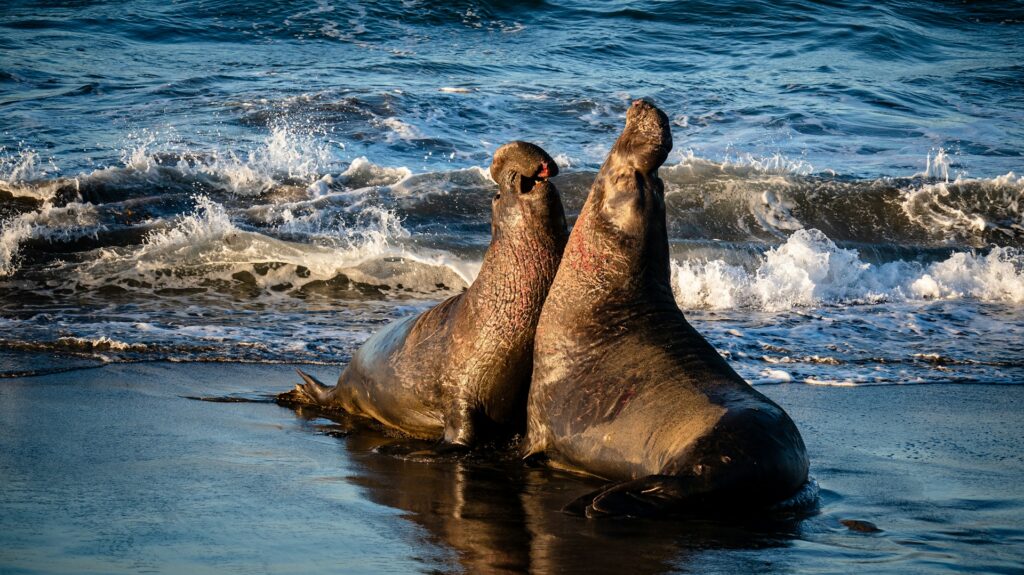
Male elephant seals grow enormous and spend most of their lives fighting for dominance over breeding beaches. Only the strongest, most aggressive males get access to harems of females, and the battles to win that right can be deadly.
These clashes aren’t symbolic. Males charge, bite, and batter each other with their massive bodies. Losers are forced to retreat, injured and alone, while winners spend the season mating and defending their territory. It’s a violent system built on size, strength, and stamina, where tenderness has no place.
10. Wasps execute rivals before they’re even born.

Some social wasps engage in brood parasitism or caste control by killing rival eggs before they hatch. Dominant females police the nest, destroying any eggs laid by workers to ensure that only their own offspring survive. In some species, females even lay decoy eggs to trick others into abandoning their own.
What looks like a thriving hive is often a battlefield of quiet sabotage. Power struggles happen constantly, and the cost of losing is literal extinction. Survival in these societies doesn’t just mean hard work—it means outmanoeuvring your own kind before they eliminate you first.